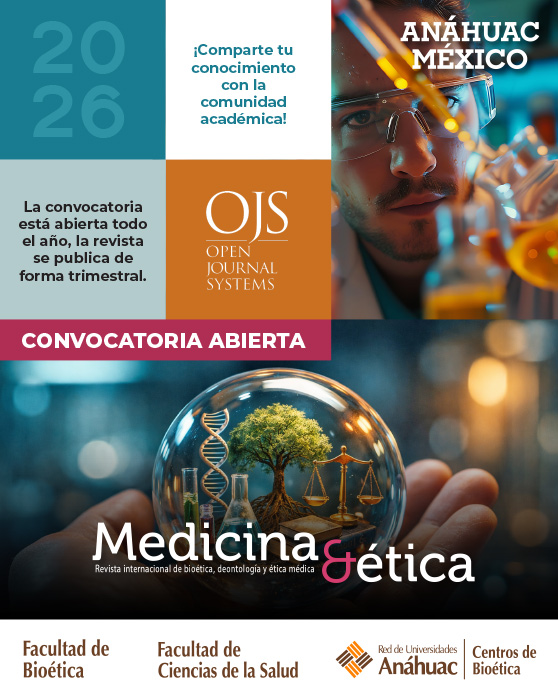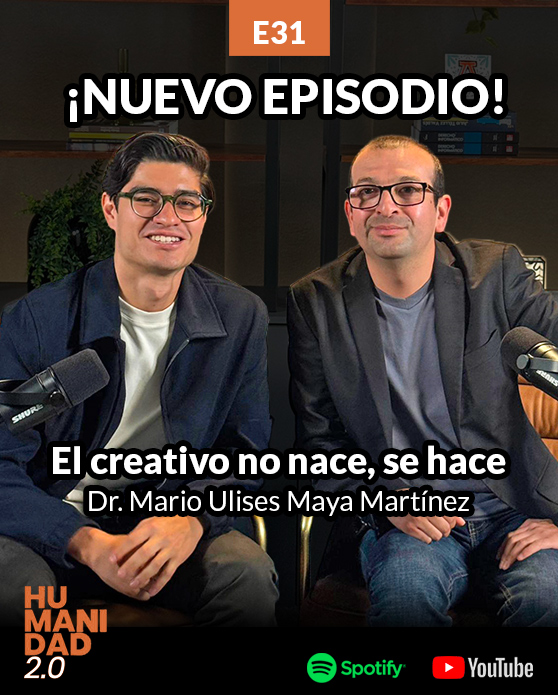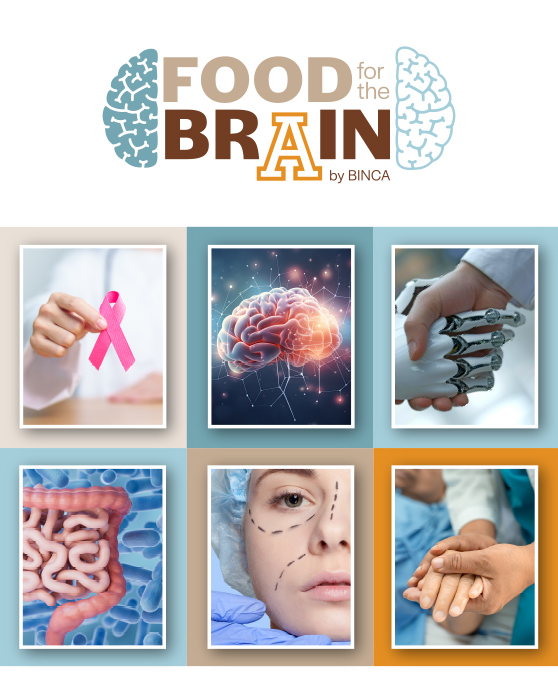
April 26, 2024
Author: Juan Manuel Palomares Cantero
Introduction
Euthanasia, understood as the practice of allowing the dignified death of individuals suffering from incurable or debilitating illnesses, has sparked intense ethical and legal debates in multiple societies, including Peru. This practice not only involves the autonomous decision of the patient but also implicates third parties—health professionals who carry out the procedure—and society at large, which observes and, eventually, finances this practice through public resourcesi.
The case of Ana Estradaii, the first Peruvian woman to receive euthanasia after a prolonged legal battle, underscores the complexity of these dilemmas. Diagnosed at the age of twelve with poliomyelitis, an autoimmune and degenerative disease, Ana fought for her right to die with dignity, culminating in a historic favorable ruling by the Peruvian state. Her case not only changed her life, it ended it, and also set a legal precedent and a turning point in the public perception of assisted death in Peru. Ana Estrada, in her own words, did not fight to die but for the "assurance of not suffering intolerably," highlighting the importance of preserving human dignity above prolonged pain and suffering.
The purpose of these lines is to explore the ethical dilemmas arising not only from the act itself of ending a life at the patient's request but also from the consequences such an act entails for involved third parties and for the social and financial structure of a nation. By delving into the complex interactions between individual autonomy, medical ethics, and social and economic responsibilities, a landscape is revealed where legal and ethical decisions intertwine with the cultural and personal values of a diverse and ever-evolving society.
The story of Ana Estrada and the reaction of Peruvian society clearly illustrate the ongoing debate and evolution of norms surrounding euthanasia, a topic that not only touches upon medicine and law but also deeply questions our moral beliefs about life, death, and individual freedom.
1. The Role of Third Parties in Euthanasia
Euthanasia, involving the intentional termination of a human life for reasons of compassion, places a considerable ethical and emotional burden on healthcare professionals who carry it outiii. These professionals, whether doctors, nurses, or medical assistants, face a profound dilemma: although euthanasia may be seen as an act of relief for extreme suffering, it contradicts the fundamental medical principle of "primum non nocere," first do no harm, essentially oriented towards curing and saving livesiv.
The practice of euthanasia can not only negatively impact the psychological well-being of those who carry it out in the long term but also places them in the controversial role of executioners. In this context, an executioner is a healthcare professional who carries out actions that directly conclude with a patient's life, a responsibility that can be psychologically devastating and essentially does not align with the fundamental principles of medicine to preserve life and alleviate suffering; it is not a medical act. These professionals often face symptoms of post-traumatic stress, guilt, or doubt, especially when decision-making about life and death becomes routinev. Faced with these challenges, palliative care presents itself as an ethical alternative focused on mitigating suffering without hastening the end of life. This approach promotes a care model that honors both life and the natural process of dying, avoiding putting healthcare professionals in situations that may compromise their emotional and ethical integrityvi.
For healthcare professionals, institutional support is crucial. This includes not only training in palliative care and medical ethics but also access to psychological support services to handle stress and inherent ethical conflicts in their work. These resources help professionals maintain their integrity and commitment to compassionate care, strengthening their ability to offer ethical end-of-life alternatives that respect the dignity and autonomy of the patient.
The case of Ana Estrada, who fought for her right to a dignified death, shows us the complexity of end-of-life decisions and the profound impact of these decisions on the healthcare professionals involved. Through her struggle, Estrada not only sought to alleviate her own suffering but also challenged Peruvian society to reflect on the ethical and legal standards governing assisted death. Her case highlights how euthanasia, despite being seen by some as an act of compassion, directly confronts the fundamental principle of medicine to do no harm, creating a significant ethical dilemma for those who carry it out.
2. Society's Observation
The acceptance or rejection of euthanasia is influenced by a variety of social and cultural factors. Cultural, religious, and generational differences play a significant role in the perception of this practicevii. For example, in cultures where the idea prevails that suffering is an inevitable part of life and must be accepted with resignation, euthanasia may be viewed with distrust or rejection. In contrast, in societies that value individual autonomy and quality of life, euthanasia may be more accepted as a legitimate option to end extreme suffering.
Religion exerts a significant influence on the perception of euthanasia, motivated by deep convictions about the sanctity of life. In many religious traditions, it is argued that only God has the authority to decide on the beginning and end of human life, which underpins the ethical and moral opposition to euthanasia within these communities. This viewpoint is reflected in documents such as the Dignitas Infinita Declaration on human dignityviii, where it is reaffirmed that suffering, even in its terminal stages, does not diminish the intrinsic dignity of the person, which must be respected under all circumstances. On the other hand, some religious interpretations may admit euthanasia as an act of compassion that relieves unbearable suffering, provided it is carried out within a rigorous ethical framework and with the full consent of the individual. Additionally, generational differences also play a crucial role in the social acceptance of euthanasia. While younger generations may lean towards a more liberal and autonomous view, focusing on individual rights and quality of life, older generations tend to adhere to religious and traditional values that value the preservation of life under any circumstances. This discrepancy can create a diverse spectrum of opinions and practices within the same society, reflecting a delicate balance between respect for personal autonomy and adherence to long-standing moral principles.
The media and public opinion play a crucial role in how euthanasia is discussed and perceived. Media coverage of individual cases, such as Ana Estrada's in Peru, can generate public debates and sensitize society to the ethical and emotional dilemmas related to euthanasia. The representation of euthanasia in the media can also influence public opinion and shape attitudes towards this practiceix.
Furthermore, public opinion can influence legislative and ethical decisions related to euthanasia. Politicians and policymakers often pay attention to the opinions and concerns of society at large when considering the legalization or regulation of euthanasia. Therefore, public debates and social mobilization can have a significant impact on the development of legislation and policies related to euthanasia.
3. Public Funding of Euthanasia
The integration of euthanasia into public healthcare systems involves significant economic considerations, such as the cost of developing ethical and safe protocols, training medical personnel, and establishing ethical review committeesx. Most of these costs would be funded by the state, sparking debates about sustainability and resource allocation within the healthcare system. Additionally, euthanasia could free up resources by reducing the costs associated with prolonged treatments for terminal illnesses.
From an ethical perspective, the use of public funds to finance euthanasia is controversial, facing opposition from various sectors and raising questions about justice in the distribution of limited resources. There is concern that the state availability of euthanasia may pressure vulnerable patients to opt for it to avoid being an economic burden. This possibility affects the principle of autonomy and the protection of vulnerable populations.
The debate over public funding of euthanasia must also consider the diversity of opinions in a democratic society, ensuring that all voices, including detractors, are heard. Decisions about funding euthanasia with public funds should reflect broad social consensus, demonstrating that public health policies respect the values and ethics of the majority. Public funding of euthanasia not only presents logistical and economic challenges but also profound ethical dilemmas that require a careful and respectful approach.
4. Legal Evolution and Its Challenges
Legislation on euthanasia in Peru is in a phase of intensified debate, especially following the case of Ana Estrada, which has spurred national dialogue on its legalization and regulation while respecting patient autonomy and ethical standards. Although Peruvian law does not explicitly permit euthanasia, the judicial recognition of Estrada's right to a dignified death suggests the possibility of new laws with strict protocols for its implementation, such as verifying voluntary consent and assessments by medical and ethical experts.
Addressing the legal and ethical challenges of legislating on euthanasia involves balancing patient autonomy with traditional medical values of preserving life, managing conscientious objection by healthcare professionals, and protecting patients from abuse and coercion through a robust legal framework that oversees the process and protects all involved.
Conclusions
Euthanasia poses significant ethical and emotional dilemmas for healthcare professionals involved, who must balance their duty to do no harm with compassion for the patient's suffering.
It is essential to provide institutional support and ongoing training in medical ethics, bioethics, and palliative care to help healthcare professionals manage the burdens associated with the implementation of euthanasia laws.
Legislative development must progress to provide a clear and safe framework for regulating euthanasia, ensuring that both patient rights and fundamental ethical principles are respected.
Public funding of euthanasia demands an open and representative debate within society to ensure it reflects broad consensus and that funds are managed fairly and efficiently. However, the outcome of such deliberations will continue to face significant ethical and bioethical challenges. This process must address the inherent complexities in valuing life and relieving suffering, ensuring that all perspectives, especially those grounded in deep ethical and bioethical principles, are carefully considered.
It is essential to establish robust legal safeguards to protect vulnerable patients from any coercion or abuse. Such measures should include strict protocols to verify free and explicit consent from the patient, as well as conducting detailed assessments to ensure their full understanding of available medical options and the implications of their choice. Transparency and respect for the patient's dignity are essential in this process, ensuring that their decision is the result of careful deliberation and free from inappropriate external influences. However, the implementation of these safeguards does not fully resolve the ethical and bioethical dilemmas inherent in the application of euthanasia.
Juan Manuel Palomares Cantero is a lawyer, master, and doctor in Bioethics from the Anahuac University, Mexico. He was the director of Human Capital, director, and general coordinator at the Faculty of Bioethics. He currently works as a researcher in the Academic Directorate of Integral Training at the same University. He is a member of the National Mexican Academy of Bioethics and the Latin American and Caribbean Federation of Bioethics Institutions. This article was assisted in its writing by the use of ChatGPT, an artificial intelligence tool developed by OpenAI.
The opinions shared in this blog are the total responsibility of their respective authors and do not necessarily represent a unanimous opinion of the seminars, nor do they reflect an official position on the part of CADEBI. We value and encourage any comments, responses, or constructive criticism you may wish to share.
i. Cruz Hernández, J. (2030). Public policy on euthanasia and assisted suicide in older adults in Mexico, a vision for 2030.
ii. Gómez Vega, R. (2024, April 22). The first woman who fought for that right in Peru receives euthanasia. El País.
iii. Verdaguer, M., Beroiz-Groh, P., Busquet-Duran, X., Moreno-Gabriel, E., Marañón, A. A., Feijoo-Cid, M., ... & Toran-Monserrat, P. (2024). The euthanasia law and professional experiences: tensions in clinical practice. Gaceta Sanitaria.
iv. Cumbe Castro, J. F., & Sanmartín Riera, M. V. (2023). The autonomy of the will regarding the decision of euthanasia.
v. Sanz Cortijo, L. (2021). Euthanasia. https://uvadoc.uva.es/handle/10324/52068
vi. Moyano, P. S., Durbán, M. V., Aragoneses, R. R., Díaz, C. O., Miguel, E. P., & Higuera, J. C. B. (2024). Towards a palliative culture: level of knowledge and misconceptions about palliative care, palliative sedation, and euthanasia. Revista Iberoamericana de Bioética, (24), 1-15.
vii. Martínez-Vargas, O. M. Proposal for an ethical perspective model for communication in the 21st century.
viii. Congregation for the Doctrine of the Faith. (2024, April 8). Dignitas Infinita Declaration on human dignity. Vatican City. Retrieved from press.vatican.va
ix. Olivares García, F. J., Román-San-Miguel, A., & Gutiérrez-Salas, R. (2022). Twitter and media as agents of power. The case of the euthanasia regulation law. Communication and plurality in a divergent context.
x. Ruiz-Rico-Ruiz, Catalina. (2023). The fundamental right to euthanasia and its constitutional issues in Spain. Revista de Bioética y Derecho, (58), 129-146. Epub September 25, 2023. https://dx.doi.org/10.1344/rbd2023.58.39850
More information:
Centro Anáhuac de Desarrollo Estratégico en Bioética (CADEBI)
Dr. David Cerdio Domínguez
david.cerdio@anahuac.mx






